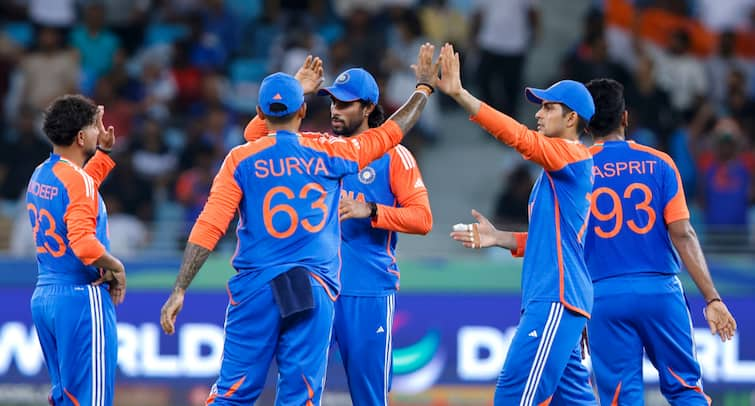After toppling KP Sharma Oli’s government, Nepal’s ‘Gen Z’ groups are divided about the country’s new interim leader. Even as former Chief Justice Sushila Karki has emerged as a frontrunner, consensus has not been reached. But their divisions apparently run deeper than the leadership question.
Even as Nepal’s ‘Gen Z’ groups were united in their anger against status quo, they appear to be divided over everything else. For one, even as former Chief Justice Sushila Karki has emerged as the frontrunner to be the country’s interim leader, there is currently no consensus on the subject.
The divisions among youth groups part of the movement are apparently not just limited to the choice of the interim leader but also about the form that the Nepali state should take. Disenchanted with the political class, some factions have called for the return of monarchy, according to Kantipur newspaper.
These differences came to the fore throughout Wednesday as youth groups held talks amongst themselves and with the Nepali Army, which is facilitating the their dialogue with President Ram Chandra Paudel.
No consensus on interim leader
As per the CNN-News 18, there was a confrontation between supporters of different candidates at the Nepali Army Headquarters, with one group supporting Karki and others raised slogans in favour of Dharan Mayor Harka Sampang and Kathmandu Mayor Balen Shah.
The Kantipur newspaper reported that the name of Kulman Ghising, a former Executive Director of the Nepal Electricity Authority, has also been proposed.
Previously, it had been reported that Karki had emerged as the frontrunner to be the interim leader of the country. She appears to be preparing for the role as well as she outlined her agenda in an interview with CNN-News 18.
Karki said that her priority would be to bring peace to Nepal and hold election within six years to one year.
Youth groups also appear to be miffed at Nepali Army Chief, General Ashok Raj Sigdel’s, suggestion to include right-wing leader Durga Prasai and Rastriya Swatantra Party (RSP) of former Deputy Prime Minister Rabi Lamichhane in their deliberations, according to Kantipur.
Posts on the social media suggested that youth groups walked out of the meeting with Sigdel at the suggestion.
Confused and headless
Even though the movement has been dubbed as ‘Gen Z’ protest, it is not a centralised movement with one leader or a central hierarchical leadership.
Various groups and factions with a range of beliefs comprise the movement and, beyond the ouster of Prime Minister KP Sharma Oli, they don’t appear to have an agreement on anything. There is no manifesto, minimum common programme, or even an ideology as is evident from the fact that there are monarchists as wells as leftists in the movement. This was evident in their meetings with the Army on Wednesday.
In formal and informal discussions with youth groups, the Nepal Army put forward various conditions and suggestions and emphasised the need for a common stance and representation from all groups, according to Kantipur.
Fundamental differences, mistrust, and power tussle
Among youth groups, there is apparently mistrust and power tussle as well.
While one faction has been discussing what the governance system should be, what kind of individuals should be in the government, and what the electoral system should entail, another faction is suspected by some of trying to gain credit by holding separate dialogues with the Nepali Army, according to Kantipur.
The newspaper further reported that youth groups have held virtual discussions about who should be the next leader and what type of state Nepal should be and fundamentally different views have emerged. The report said that these groups even disagree about representation in talks with officials.
Broadly, two main groups have emerged, with one leaving towards an active role for the army in the state and a return of monarchy that was abolished in 2008 and another that insists on a democratic system with a youth-centric team running the country, according to the newspaper.
End of Article

)

)